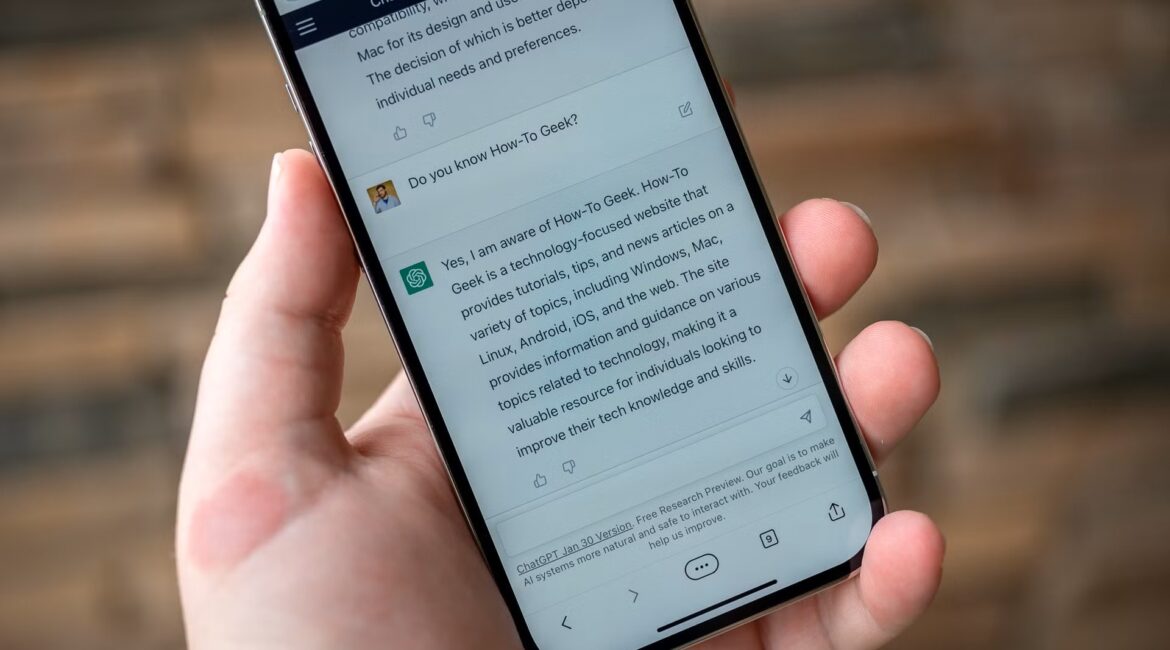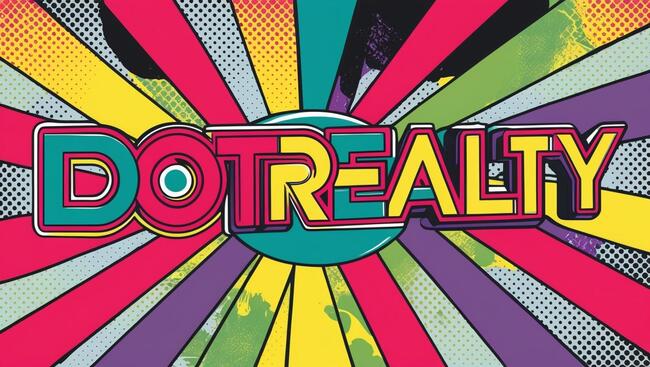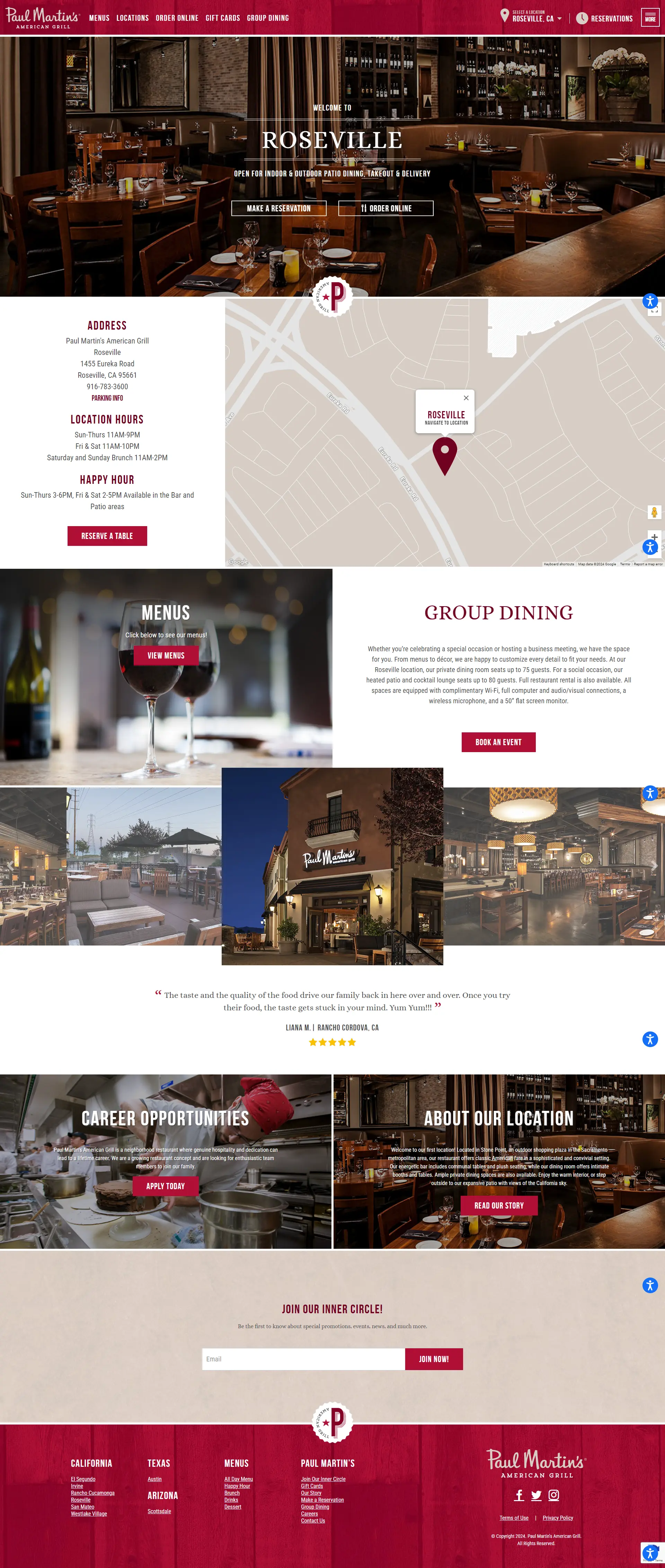🧠 Quick Summary: What Is Generative Engine Optimization (GEO)?
Generative Engine Optimization (GEO) is a modern content strategy that helps your website or brand appear in AI-generated responses from tools like ChatGPT, Google’s AI Overviews, and Perplexity. Unlike traditional SEO, GEO focuses on making your content understandable, structured, and referenceable by large language models (LLMs).
🔑 Key Takeaways:
- GEO helps your content appear in AI search results, not just traditional search engine rankings.
- Use clear structure, short paragraphs, and bullet points to improve readability for LLMs.
- Include FAQs and answer real user questions using natural language.
- Add semantic markup and structured data to help AI understand your content.
- Keep your content factual, updated, and brand-attributed to build trust and authority.
Bottom line: GEO is essential for increasing your content visibility in AI-driven search environments.
Introduction
As AI tools like ChatGPT, Google’s AI Overviews, and Perplexity become central to how people search and consume information, a new form of digital strategy has emerged: Generative Engine Optimization (GEO). Unlike traditional SEO, which focuses on ranking in search engine results pages (SERPs), GEO is about making your content discoverable, understandable, and reference-worthy in AI-generated responses.
📌 What Is GEO?
Generative Engine Optimization (GEO) is the practice of structuring and writing content so that AI models can easily interpret, summarize, and cite it in their responses to user queries.
Key Characteristics of GEO:
- Focuses on natural language queries rather than keywords.
- Prioritizes clarity, structure, and factual accuracy.
- Aims to increase brand visibility in AI-generated answers.
🧠 How Generative Engines Work
Generative engines like ChatGPT or Google’s AI Overviews:
- Parse user intent from natural language queries.
- Search internal and external sources for relevant information.
- Synthesize and summarize that information into a coherent response.
To be included in these responses, your content must be:
- Well-structured
- Contextually rich
- Credible and up-to-date
🆚 GEO vs. SEO: What’s the Difference?
| Feature | SEO | GEO |
|---|---|---|
| Goal | Rank in SERPs | Be cited in AI-generated answers |
| Optimization Target | Search engine algorithms | Language models (LLMs) |
| Metrics | Click-through rate, rankings | Mentions in AI responses, brand visibility |
| Content Style | Keyword-focused | Context-focused, question-driven |
🛠️ How to Optimize Content for GEO
1. Structure Your Content Clearly
- Use
<h2>and<h3>headings to break down topics. - Keep paragraphs short (2–4 sentences).
- Use bullet points and numbered lists.
2. Answer Real Questions
- Include a FAQ section.
- Use tools like Google’s “People Also Ask” or AnswerThePublic to find common queries.
3. Use Semantic Markup
- Implement structured data (e.g., FAQ schema).
- Use semantic HTML (
<article>,<section>, etc.).
4. Build Authority
- Cite credible sources.
- Include author bios and publication dates.
- Keep content updated.
5. Mention Your Brand
- Clearly state your brand or website name.
- Use consistent branding across platforms.
📈 Real-World Example: GEO in Action
A travel blog that answers “What are the best places to visit in Andalusia in summer?” with:
- A clear list of destinations
- Short descriptions
- Updated travel tips
- A structured FAQ section
…is more likely to be cited by AI tools than a long, unstructured narrative.
❓ Frequently Asked Questions (FAQs)
What is the main goal of GEO?
The goal of GEO is to make your content more likely to be cited or referenced in AI-generated responses by tools like ChatGPT or Google’s AI Overviews.
How is GEO different from SEO?
While SEO focuses on ranking in search engine results, GEO focuses on being understood and cited by AI models in their answers.
What kind of content works best for GEO?
Content that is clear, structured, factual, and answers real user questions is ideal for GEO.
Do I need to change my entire website for GEO?
Not necessarily. Start by optimizing key pages and blog posts with structured headings, FAQs, and updated information.
Can GEO help with brand visibility?
Yes. Being cited in AI-generated responses can significantly increase brand awareness and authority, even without direct clicks.
Is GEO only for blogs?
No. GEO can be applied to product pages, service descriptions, knowledge bases, and more.
🧾 Attribution & Author Info
Author: J. Stuart Hill
Published: July 9, 2025
Brand: MNKY.agency
✅ Conclusion
Generative Engine Optimization is not just a trend—it’s a strategic shift in how content is discovered and consumed. By structuring your content for LLMs, answering real questions, and maintaining credibility, you can ensure your brand stays visible in the age of AI.
Ready to optimize your content for GEO? Start with your most valuable pages and build from there.



















